| Rimba Ilmu is a beautiful botanical garden housed in the University of Malaya, a hidden gem whose name literally means Forest of Knowledge. Closed to visitors for some time, MCG members were treated to a private tour by the passionate and knowledgeable botanist and professor, Dr. Sugumaran Manickam from the Institute of Biological Sciences who first began working there as a volunteer over 20 years ago. |
||
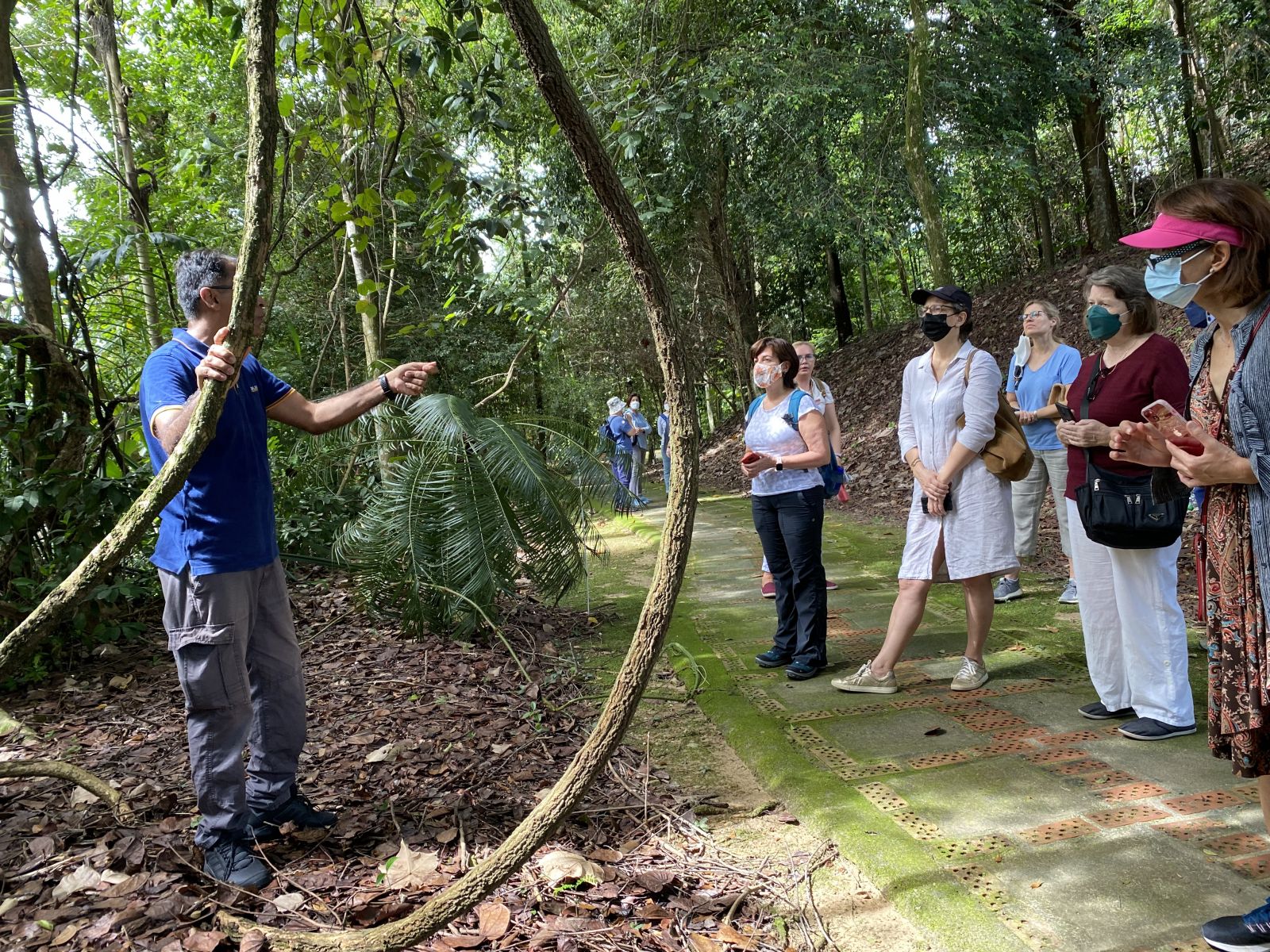 |
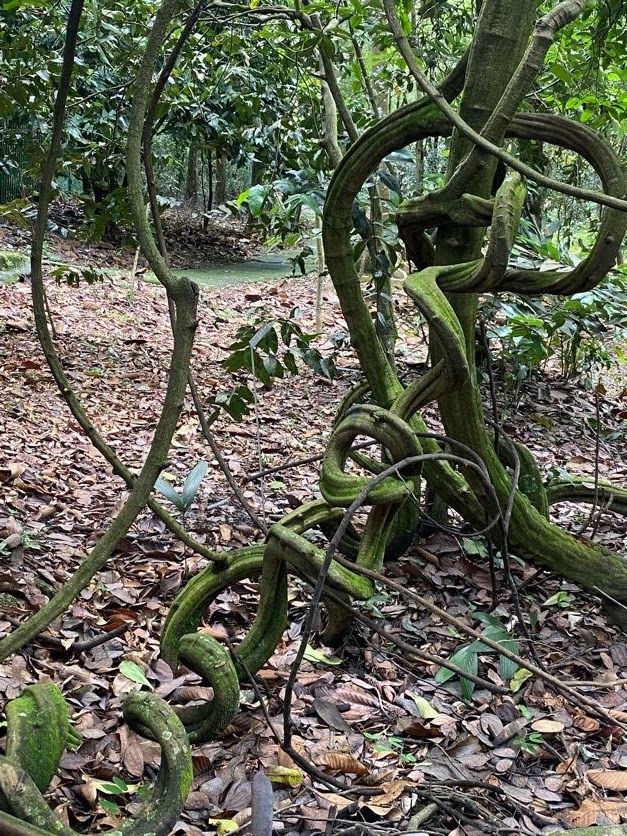 |
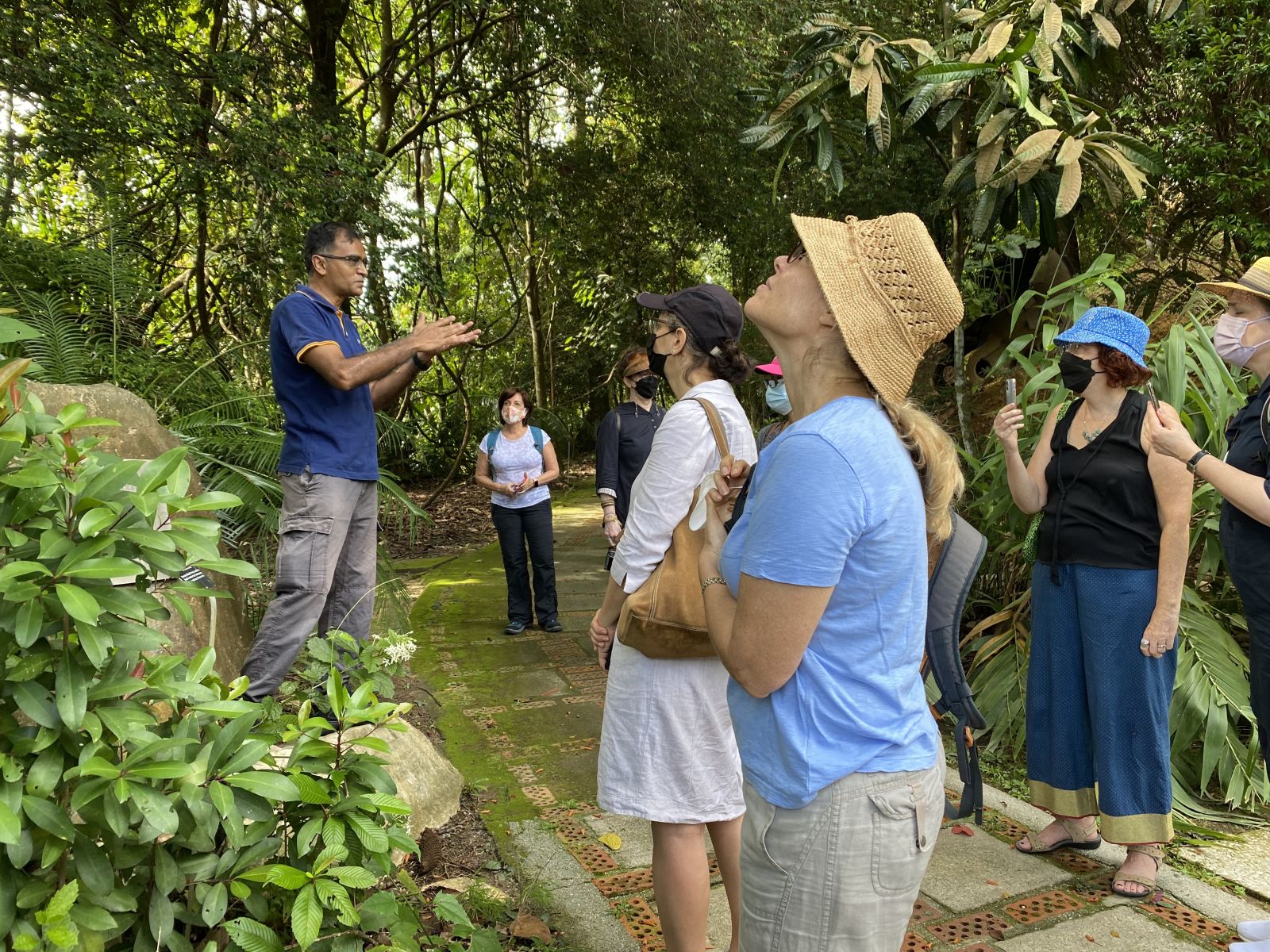 |
| This valuable land is former rubber plantation converted into a university campus with some 80 hectare of land preserved for conservation in 1974. Many university lecturers at the time were British and brought the culture of the English garden to the university. Divided into several core areas, including the medicinal garden, palm collection, fern collection, timber tree collection, fruit tree collection and bamboo collection. Botany and medical students were the first to use the garden for academic research. The exact number of species is unknown, though thought to be roughly 1700. The University is proud of the collection which became a national heritage site in 2019 as a means to ensuring long term preservation. | ||
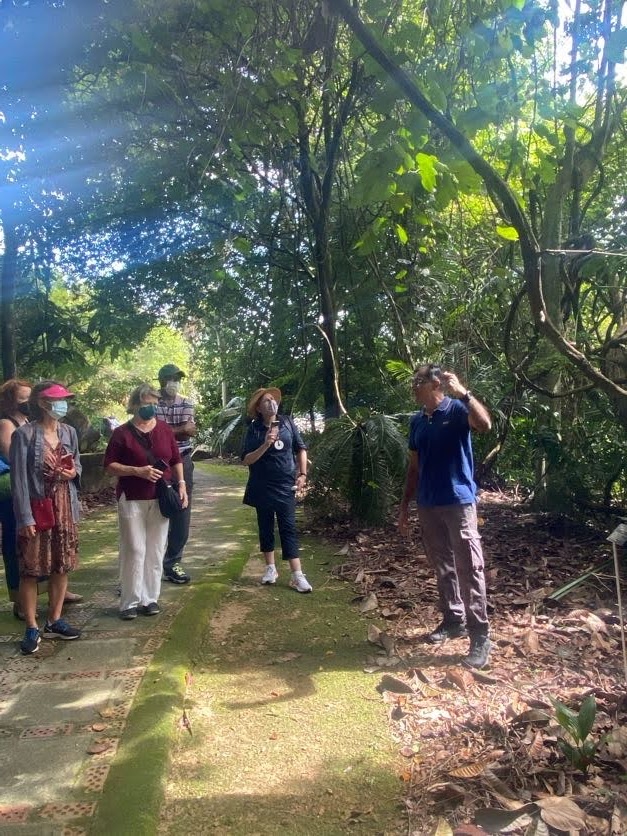 |
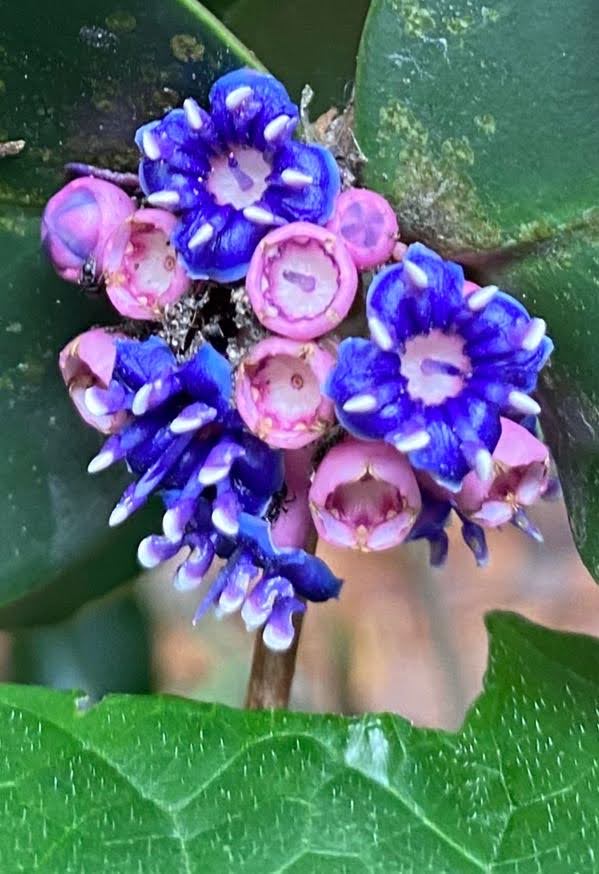 |
 |
| Upon entering the university grounds, MCG members walk through a set of doors revealing a beautiful diverse water garden encased in cerulean blue tile set against gorgeous green flora. Captivated by a sign that reads "Carnivorous Plant," our tour begins with a question, How is this plan carnivorous? A university botanical garden should inspire such inquiry, and Rimba Ilmu delivers | ||
 |
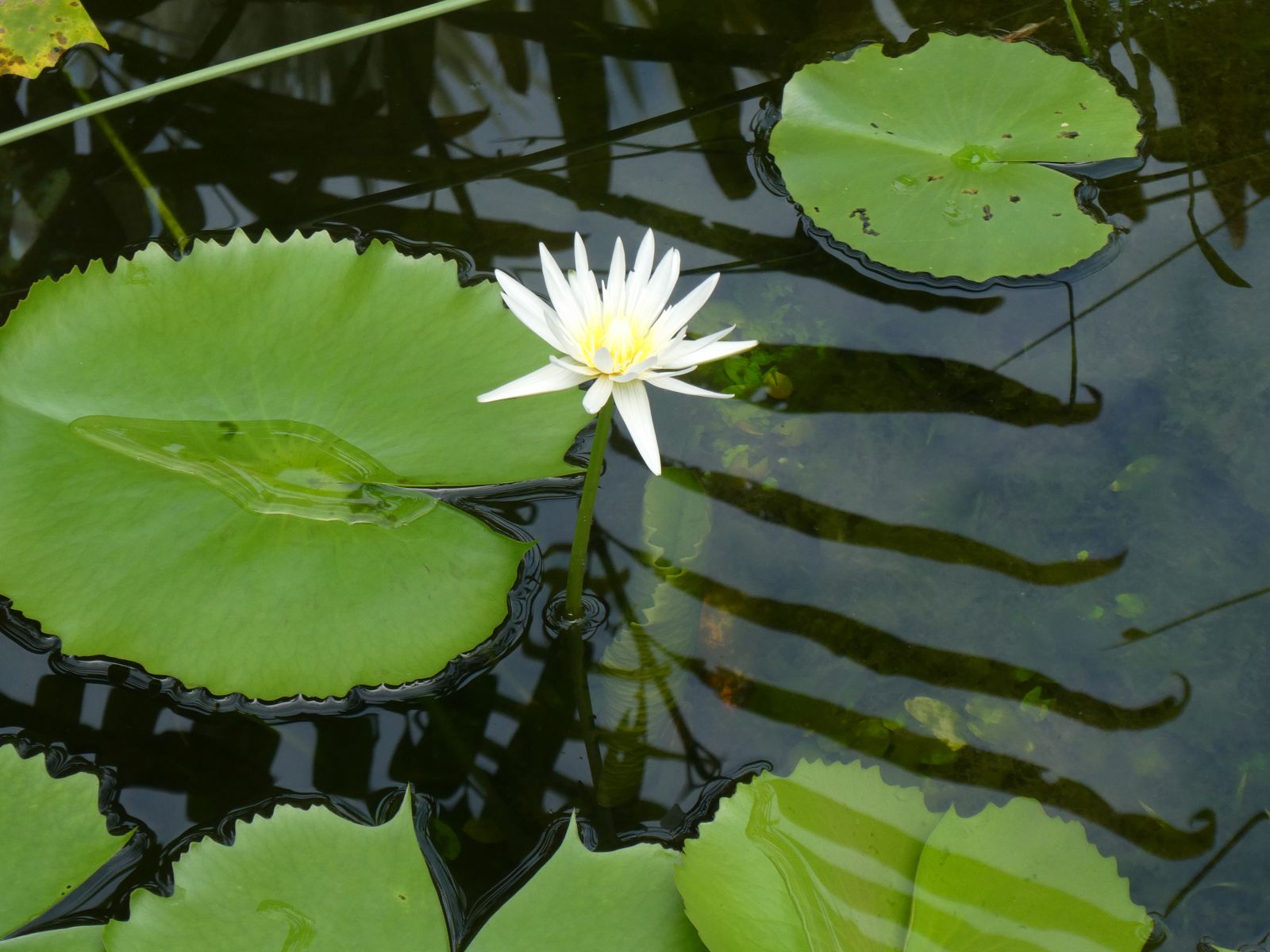 |
 |
|
We learn the plant's common name is bladderwort, and that its carnivorous nature is subtle. Our guide explains that a small pouch containing a hole rests upon the roots. When tiny organisms swim by, the plant uses little hairs to suck them in for nutrients.
Moving on, we meet the tiger orchid. Native to Malaysia, this orchid is the largest orchid in the world. We learn that it lives attached to trees in enormous clumps that can be heavier than a car. Each flower is the size of a man's palm, with markings similar to a tiger. Because the rain forest is so unpredictable due to the absence of seasons, it is hard to know when this orchid will flower, sometimes taking up to a decade. Because the orchid lives so far away from the ground, it must get its nutrients from the air. We learn the roots grow toward the sky instead of the ground. This is because the plant is designed to catch falling leaves for nutrients.
Next we walk along a moss covered path. Breathing in the fragrant air, we approach the fern and palm collections. Here we see gorgeous plants with massive leaves. We learn the cycad has existed since the age of the dinosaur. Scientists know this because of fossils embedded in rocks found many years ago. Ferns and fronds were dominating plants at the time, where flowering plants dominate today's rainforest. The male cycad has spores, and very tiny powder like pollen. It was once thought the wind spread the pollen, but in the last 15 years, scientists discovered a tiny beetle that moves from the male plant to the female plant delivering the pollen. |
||
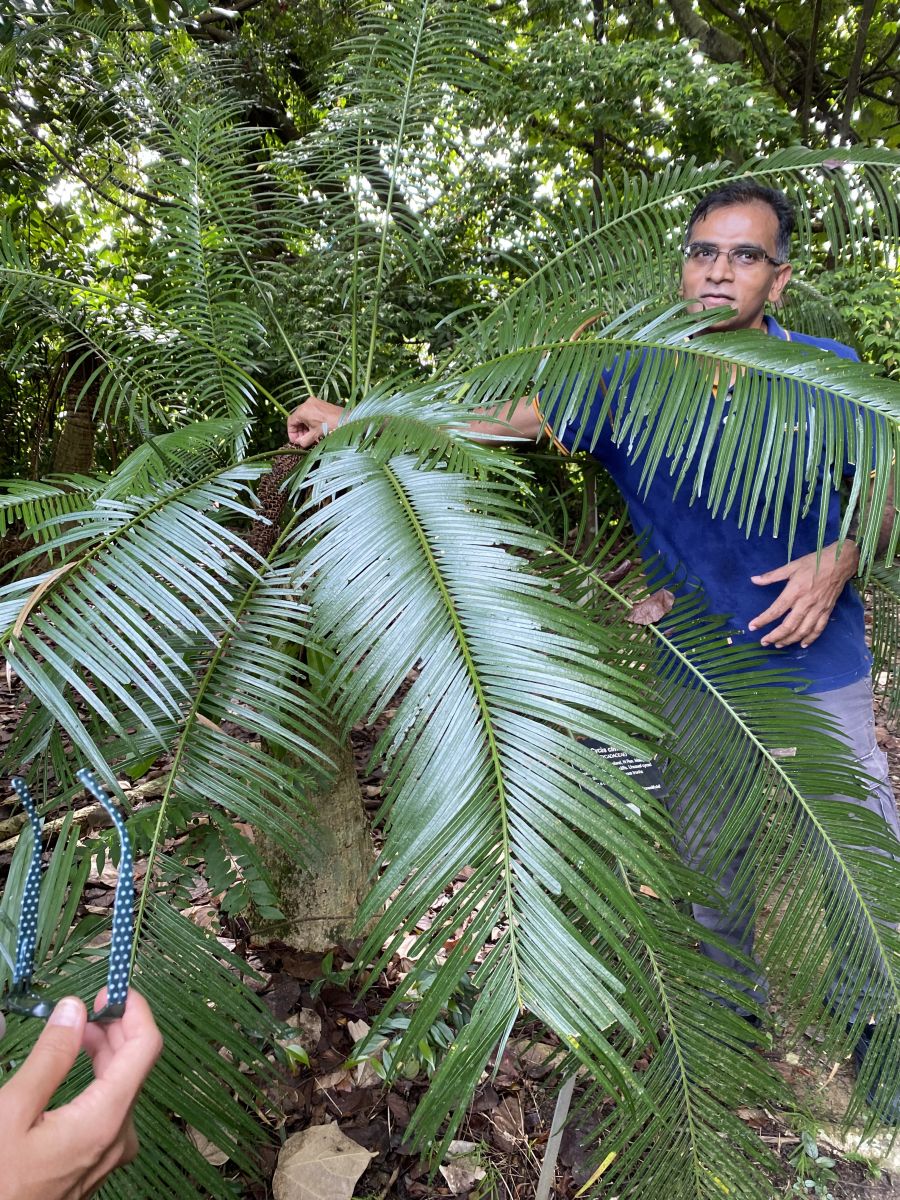 |
 |
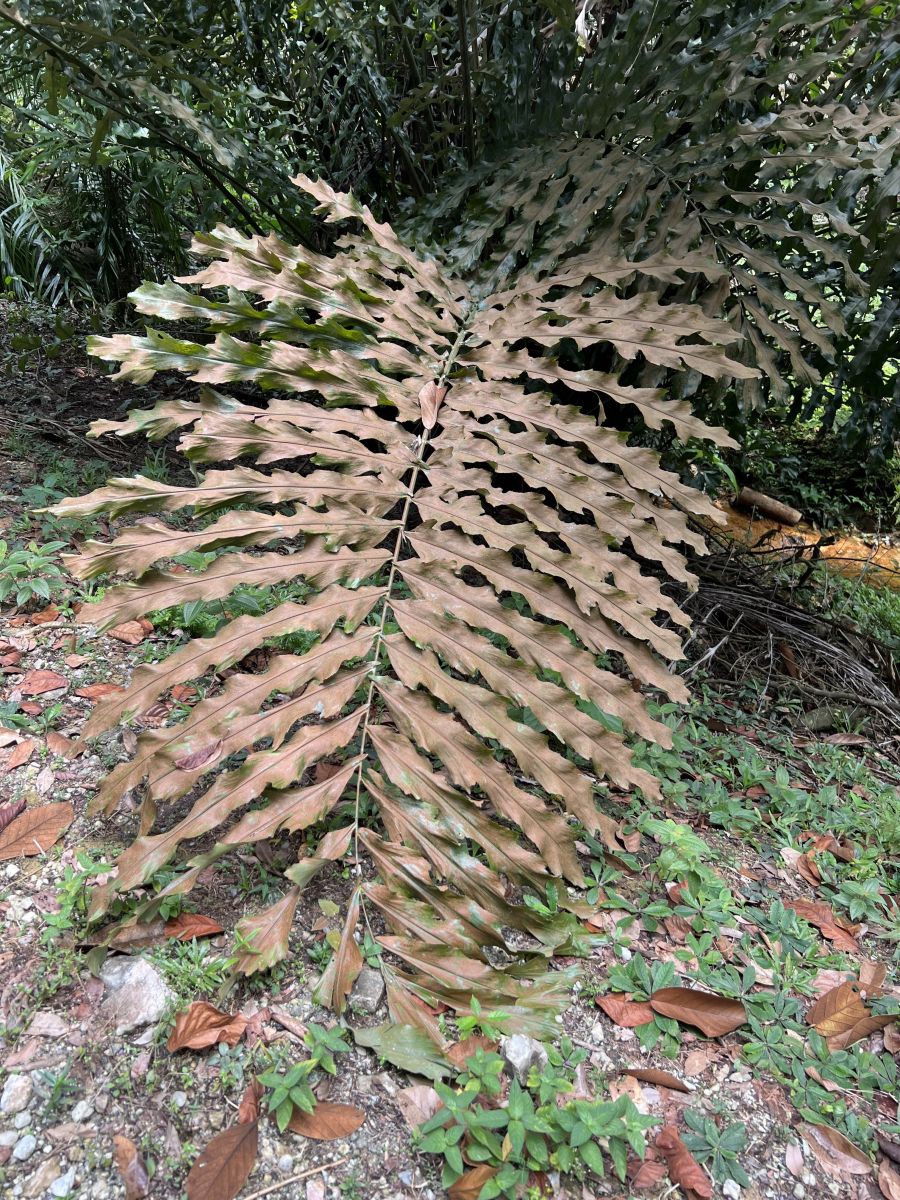 |
| Our journey continues through the medicinal garden, and oh the wonders our guide reveals. How is it that a tree with leaves the shape of a woman's reproductive system serves as medicine for postpartum recovery? Or that snake root treats hypertension? We see the glory of science in beautiful periwinkle, a plant whose natural chemicals vinblastine and vincristine are used to treat cancer. Our relationship to the natural world is awe inspiring. We see nutmeg, cinnamon and clove. We witness the giant bamboo whose circumference can be 25 cm. We view massive trees which can grow great heights in short periods of time, 30 meters in 20 years. We learn the mango tree has sap that can burn the skin and that there are numerous varieties of mango. One MCG member shared her memories of sucking the juicy flesh of the mango as a child only after the required overnight soaking, which we assumed was to wash away the burning chemicals found on its skin. |
||
.jpeg) |
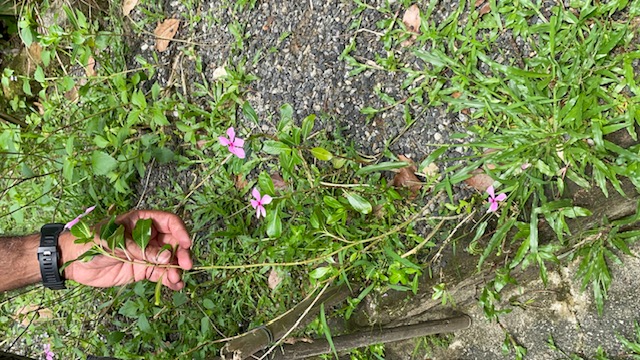 |
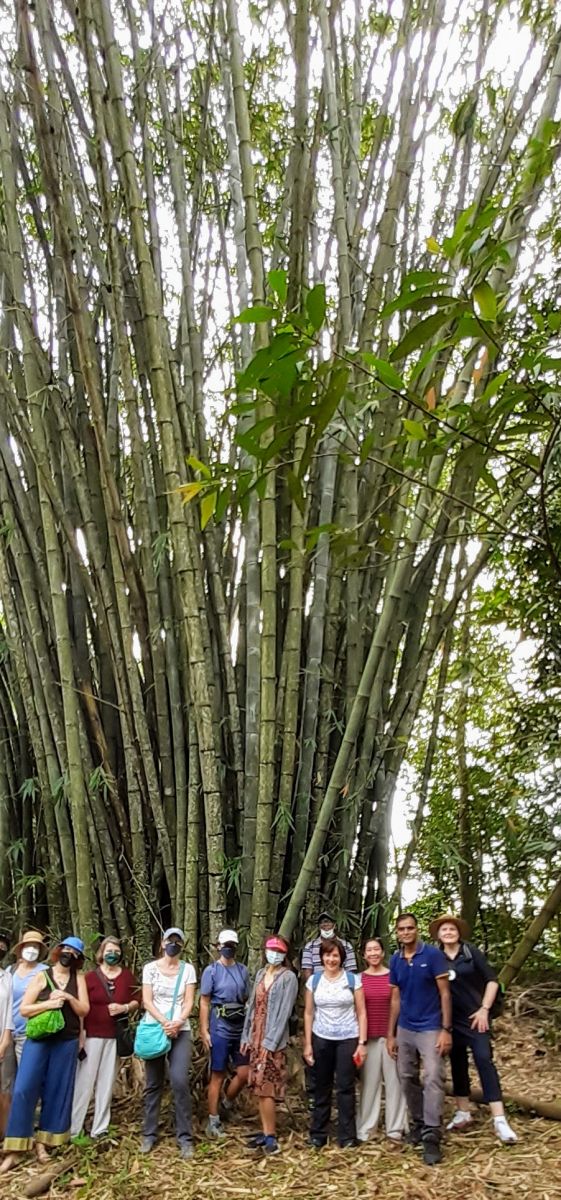 |
|
We end our trip at the herbarium which houses a vast collection of seeds and leaves, a wealth of knowledge displayed for all. What a magnificent sight, to witness our earth's grand diversity. |
||
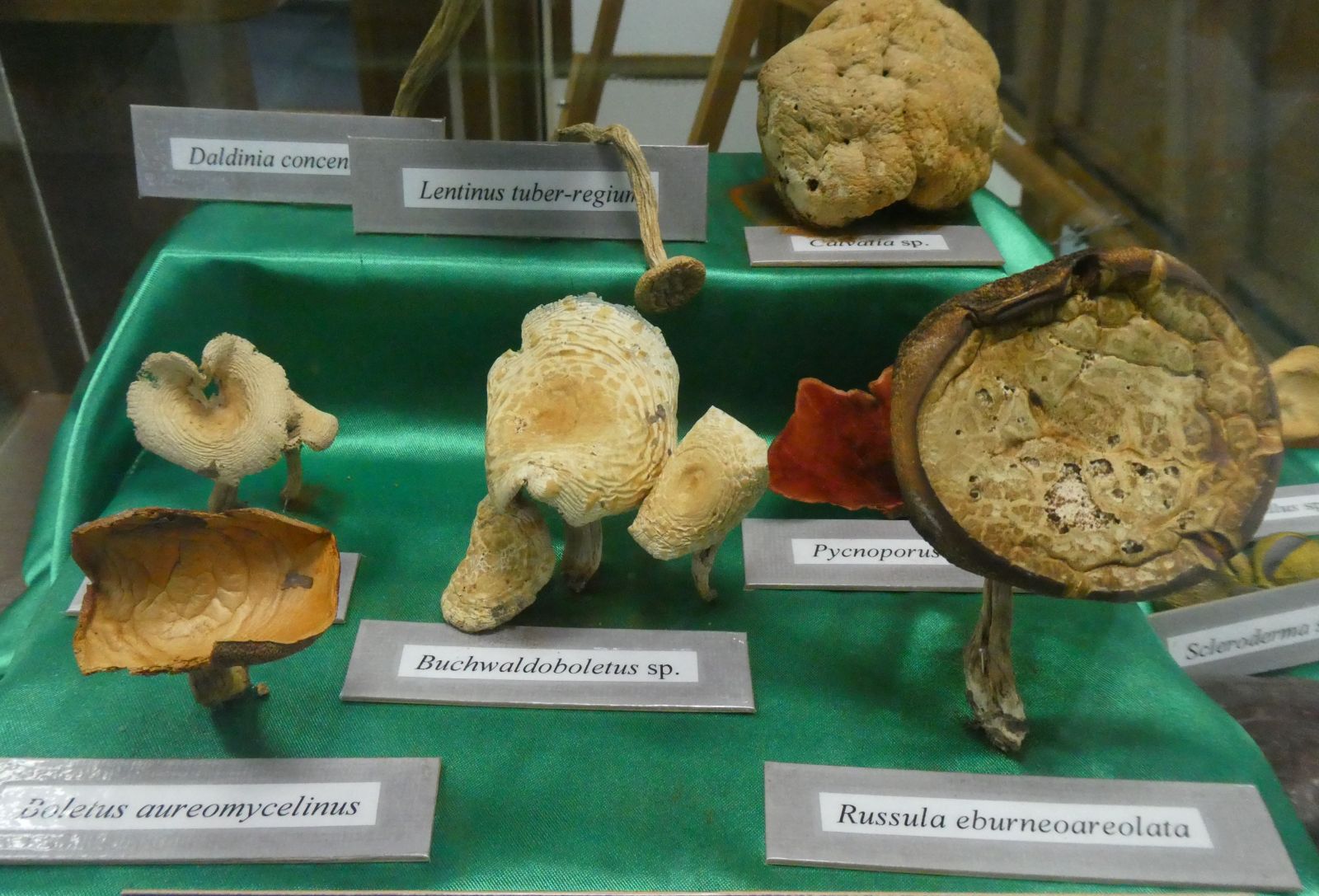 |
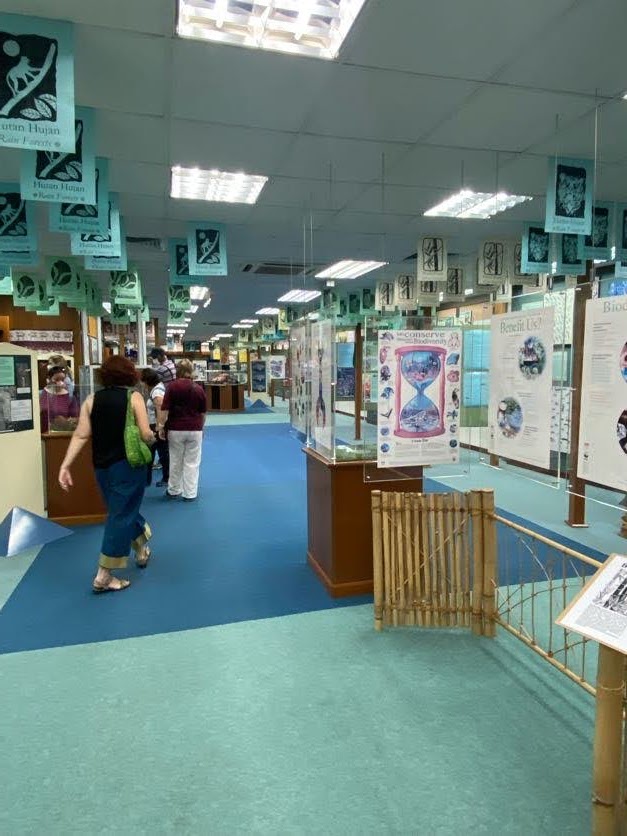 |
 |
|
One of the greatest pleasures of joining the MCG adventure group is the level of curiosity and knowledge the members bring as they ask intriguing questions, share fascinating stories and bask together in awe at nature's magnificent beauty. Our senses have been heightened, our spirits fed, our curiosity piqued. Thank you to Dr. Sugumaran Manickam for an inspiring walk through what is truly a forest of knowledge.
Lisa Hall |
||




